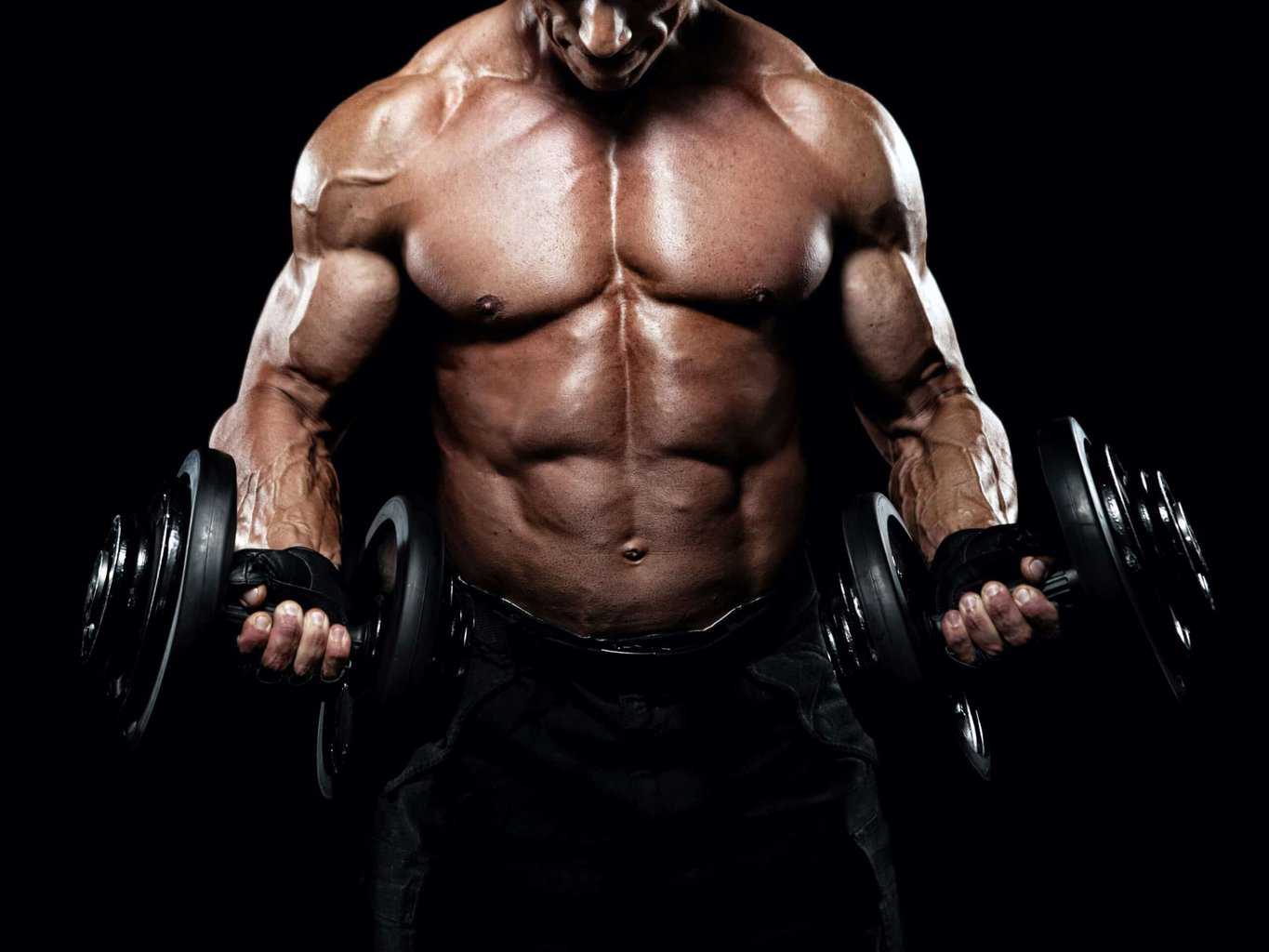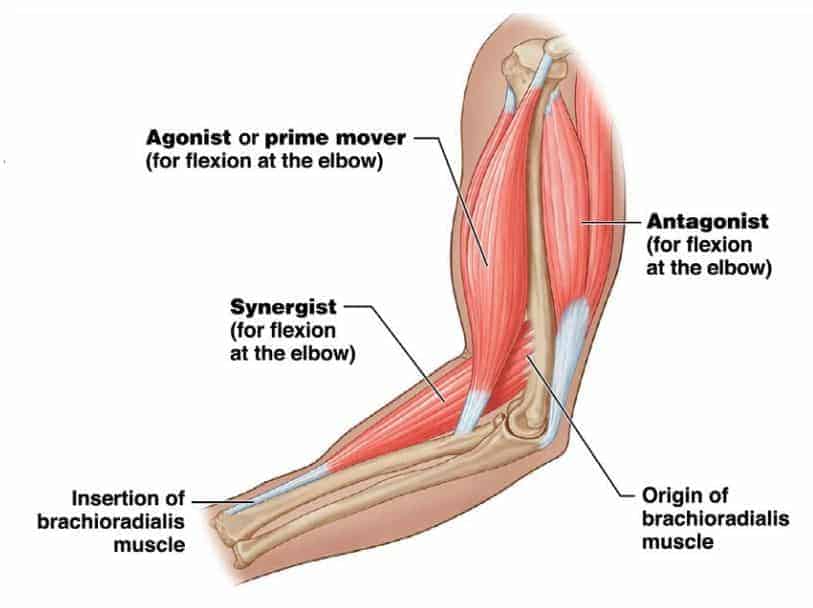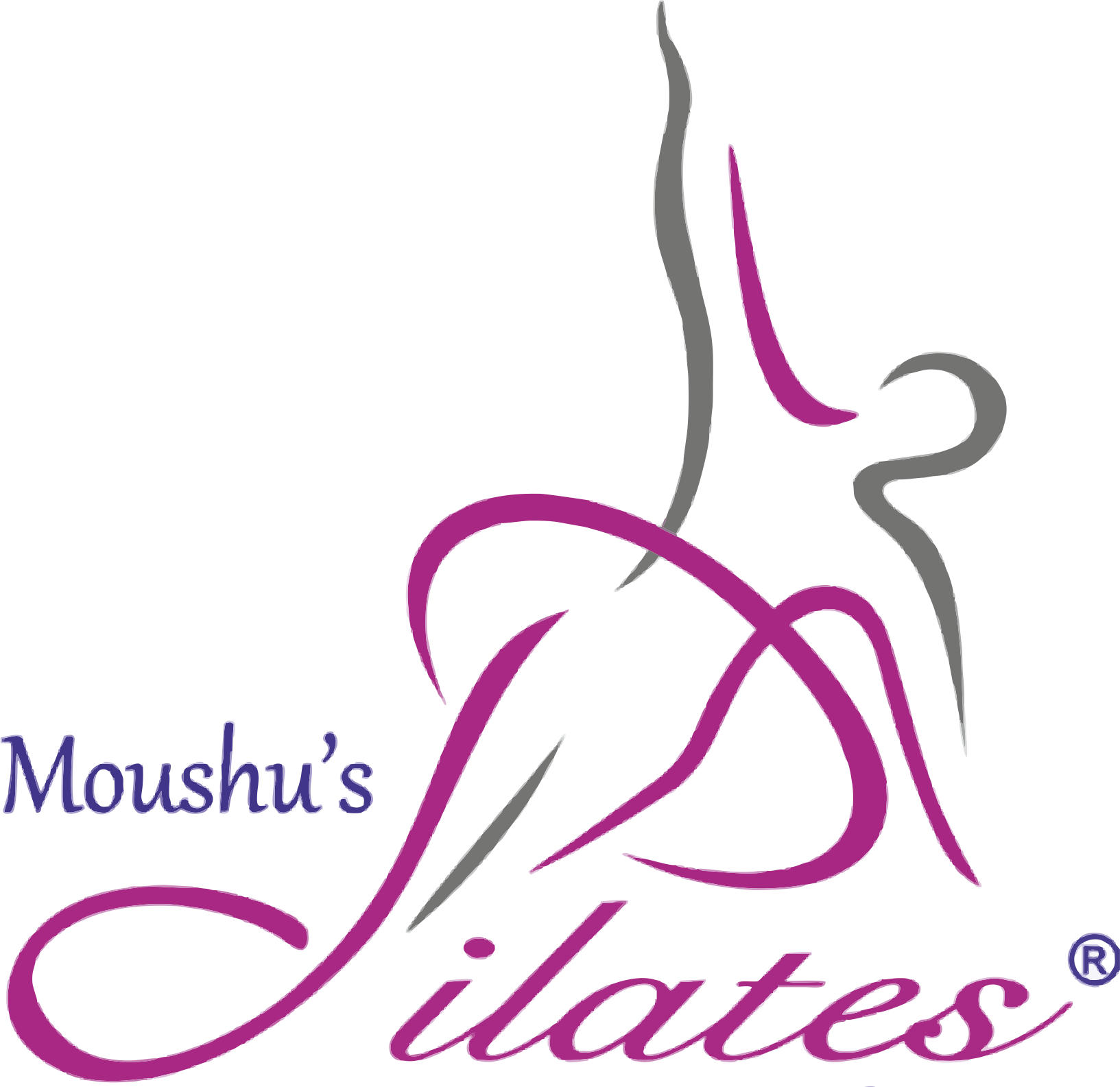Bigger is not (always) Stronger: Size vs. Strength

Social media, in general, and Instagram hashtags like #bodygoals #hotgirlsummer #beastmodeon and #trainhardorgohome, in particular, have set unrealistic standards of physical fitness. People, young and old, fall prey to these “goals”. This sets into motion a vicious cycle of pushing yourself in your workouts while taking protein shakes without proper guidance, to get six-pack abs, bulging biceps, and thundering thighs. While the topic of women and body-image issues is a whole different topic altogether, the standards for men are also skewed. Most often than not, boys get competitive, trying to lift heavier than their buddies. They workout, aiming for “big and strong”, while ending up “stiff and injured”.
Sorry, but we are here to burst your bubble! Bigger is not always stronger. If you want to optimise your strength and be at your fittest, then you need to understand how muscles function and rework your exercise plan. Read on to know why.
Muscles 101
Let’s start with the basics. Muscle tissue consists of two types of muscle fibers.
Type I Muscle Fiber: Also known as slow-twitch fibers, Type I muscle fibers use oxygen more efficiently and can be used over longer periods of time as they are resistant to fatigue. These are smaller and have little potential for hypertrophy (bulging). These produce less force and are slower to produce maximal tension compared to type II fibers. But they are able to maintain longer-term contractions, which are key for stabilisation and postural control. In short, these are our endurance muscles.
Type II Muscle Fiber: Also known as fast-twitch fibers, Type II muscle fibers can burn energy quickly for short bursts of strength. These are our larger, more powerful muscles that have the potential for hypertrophy but fatigue quickly.
Every muscle consists of multiple motor units i.e., a nerve attached to the muscle fibers. When the central nervous system recruits motor units for muscle contraction, it begins with the smaller and easily activated Type I motor units and then progresses to the type II motor units as the force increases.
How do muscles get bigger?
As you increase the resistance in your training it allows for muscle hypertrophy. The protein in the muscle tissue breakdowns as a result of the heavy force used. Then the body rebuilds the tissue into a bigger muscle with rest, recovery, and proper nutrition. Over a period of time, with similar weight training, the muscle mass increases to show bulging bulky muscles.
Does this mean that with bulkier muscles a person is stronger? Not necessarily. There is a lot that contributes to strength beyond muscle size.
What happens when you lift heavy?
When you lift heavy and your body is not ready to take the weight, you can go into a wrong posture which is detrimental for your body.
We all must have seen at least one person trying to do a bicep curl with such heavy weights that their upper back goes into an extension. Then there are those people who do loaded squats and can’t even bring their thighs nearly parallel to the floor while arching their lower back to appear lower.
It’s easy to make this mistake. After all, you are working out to lift weights, right? That’s not completely true.
Bodybuilding is not about becoming a “weightlifter.” It’s about using weights as a tool to increase your muscle size. Throwing as much weight on the bar, whether to boost your ego and impress the people around you, uses the wrong tool for the job.
When you go too heavy, here’s what happens:
- You reduce the time under tension because you’re forced to use momentum to cheat.
- You are unable to lower the weight in a slow, controlled manner, further reducing your time under tension.
- You are unable to focus on the muscles being worked because you have to struggle just to get the weight up.
- You utilise more muscles, which reduces the accumulated pump in muscles you intend to target.
- You utilise the wrong body parts, which can lead to injuries.
No one cares how much you lift! And if they do, then they’re just making the same mistakes you are, so you shouldn’t care what they think. If you’re unable to manage the weight you lift for a set of at least eight controlled repetitions, then in all likelihood, you will not be able to gain the strength and stay in good form. Then it is just bad lifting, which won’t make you stronger, and might end up injuring you.
How do muscles get stronger?
Although larger muscle mass and overall physical size may provide some strength advantage, a ton of factors influence strength of muscles:
- Specific Tension: The amount of force generated in a muscle
- Attachment Point/Moment Arm: The fulcrum from where the muscle moves is important. It also depends on the length of the muscles and how far the load is. A shorter lever arm is easier to move than a longer lever arm.
- Activation of synergists and antagonists: Supporting and opposing muscles play an equal role. Length in the antagonist, assistance from the synergist, allows for the agonist to product movement.
- Anthropometry: This is muscle architecture i.e. how your body is built genetically.
- Maximum Contractile Force: This is dependent on the number of motor units in the muscle.
- Skills learning: And lastly, how you train and improve your motor skills.

The Size-Strength Relation
In simple terms, strength is about increasing force production. Size, on the other hand, is about getting a pump and creating microscopic damage to the muscle, which then causes it to repair and grow larger.
If you think of your body as a computer, strength training is more about upgrading your software, which is your central nervous system, than it is about the hardware—your muscles. Strength training is about teaching your central nervous system how to bring more muscle into the game or to increase motor unit recruitment.
When training for strength, the training volume is less but with higher intensity and longer rest periods. Strength training typically centres around compound movements, as opposed to hypertrophy training, which uses more isolation lifts.
Unlike strength training, the goal of training for size is more physiological than it is neurological. It’s about upgrading your body’s hardware, like bones, connective tissues, and muscles. You literally build your body, forcing the tissues to develop and grow stronger.
Pilates for strength
Pilates is one of the most beneficial forms of strength training regime that leads to leaner, stronger muscles. It not only helps you improve your posture and burn fat, but it also leads to a more flexible, lean, and toned figure, for both men and women.
In terms of general wellbeing, Pilates has tremendous benefits. Pilates focuses on improving your functional fitness so that you can translate the workouts you do to your everyday life. The stronger you get, the easier it is to carry groceries, play with your kids, and lift heavy objects around the house.
The perks don’t end there. Pilates has been shown to provide many physical, mental, and emotional health benefits and can help boost confidence, enhance athletic performance, increase bone density, lower body fat, reduce stress, reduce the risk of chronic diseases and improve posture.
Whether you train for strength or muscle gains, or a combination, you need to be committed to an exercise program to achieve success. But you should also listen to your body. Take caution against certain risks, like skipping your warmup, increasing weight too quickly, using poor form, or not making time for rest and recovery. That is the reason why it is better to train with experienced professionals at Moushu’s Pilates.
Check out our class schedule and book a session today!
Here’s how you can switch up your upper body routine with Pilates:
Written with inputs from Laila Ali.
A writer and Pilates instructor by profession, and a lawyer by education, Tarannum is passionate about art, travel, fitness and food. She has been practicing Pilates for the past five years at Moushu’s Pilates Studio and has experienced the transforming effects of it on her body, firsthand.
